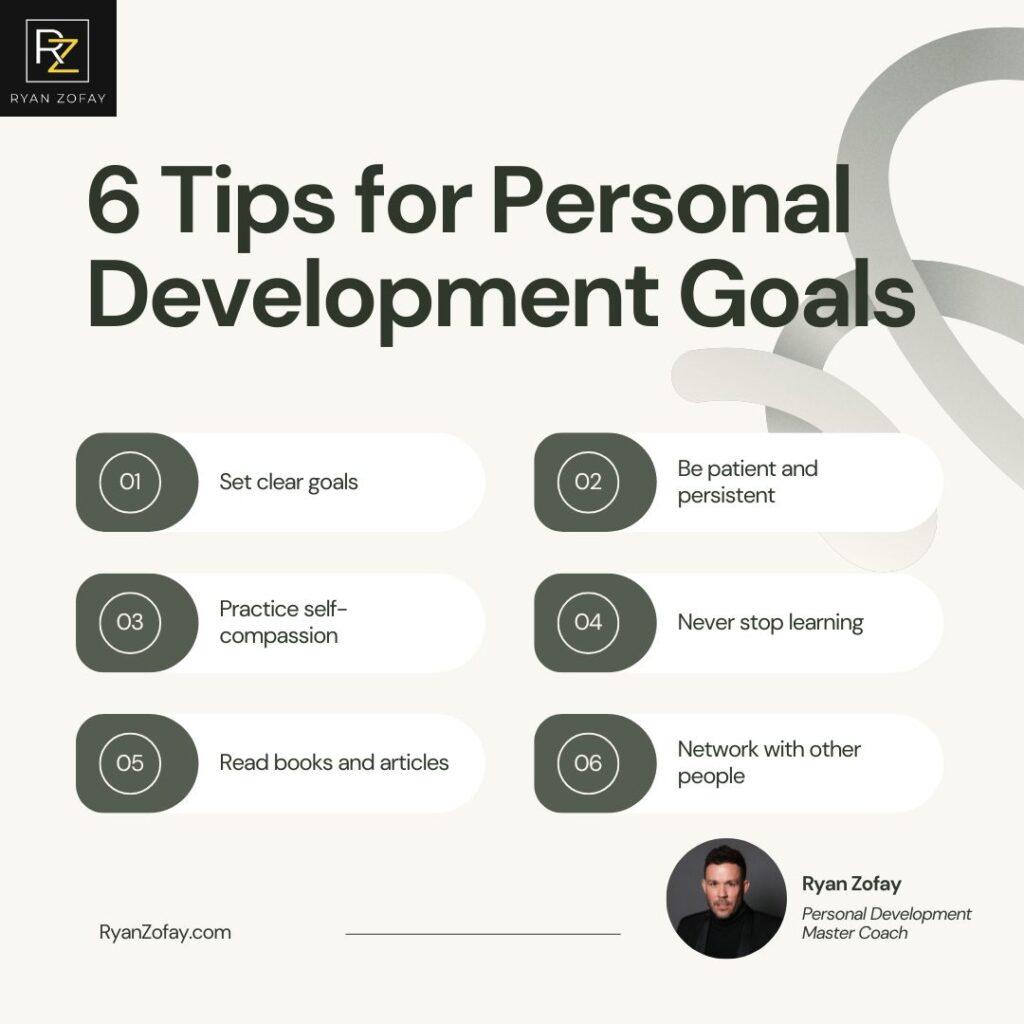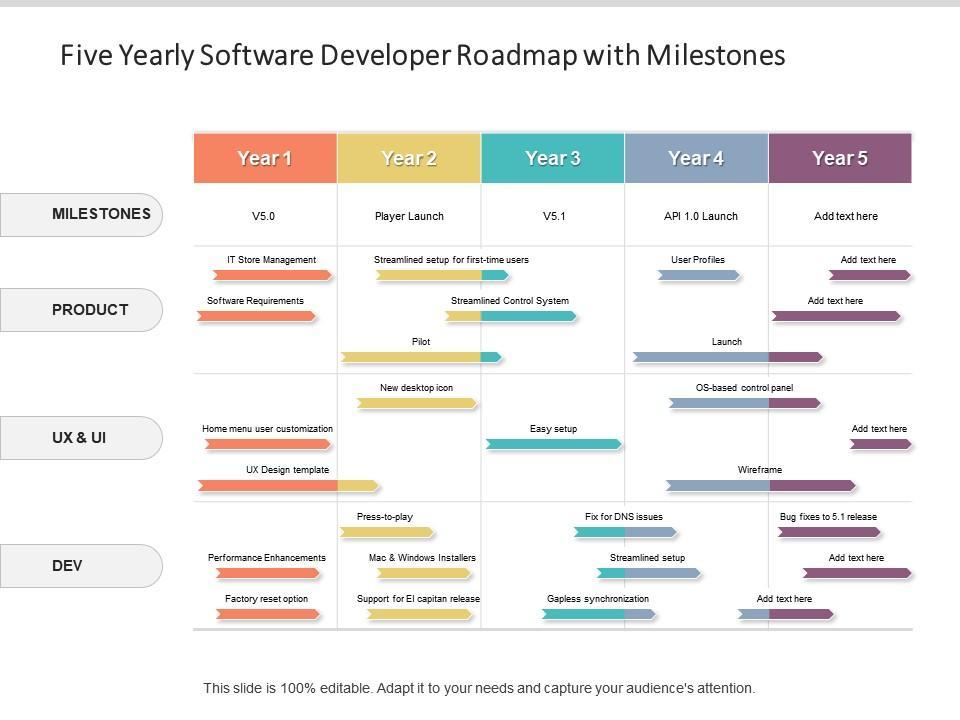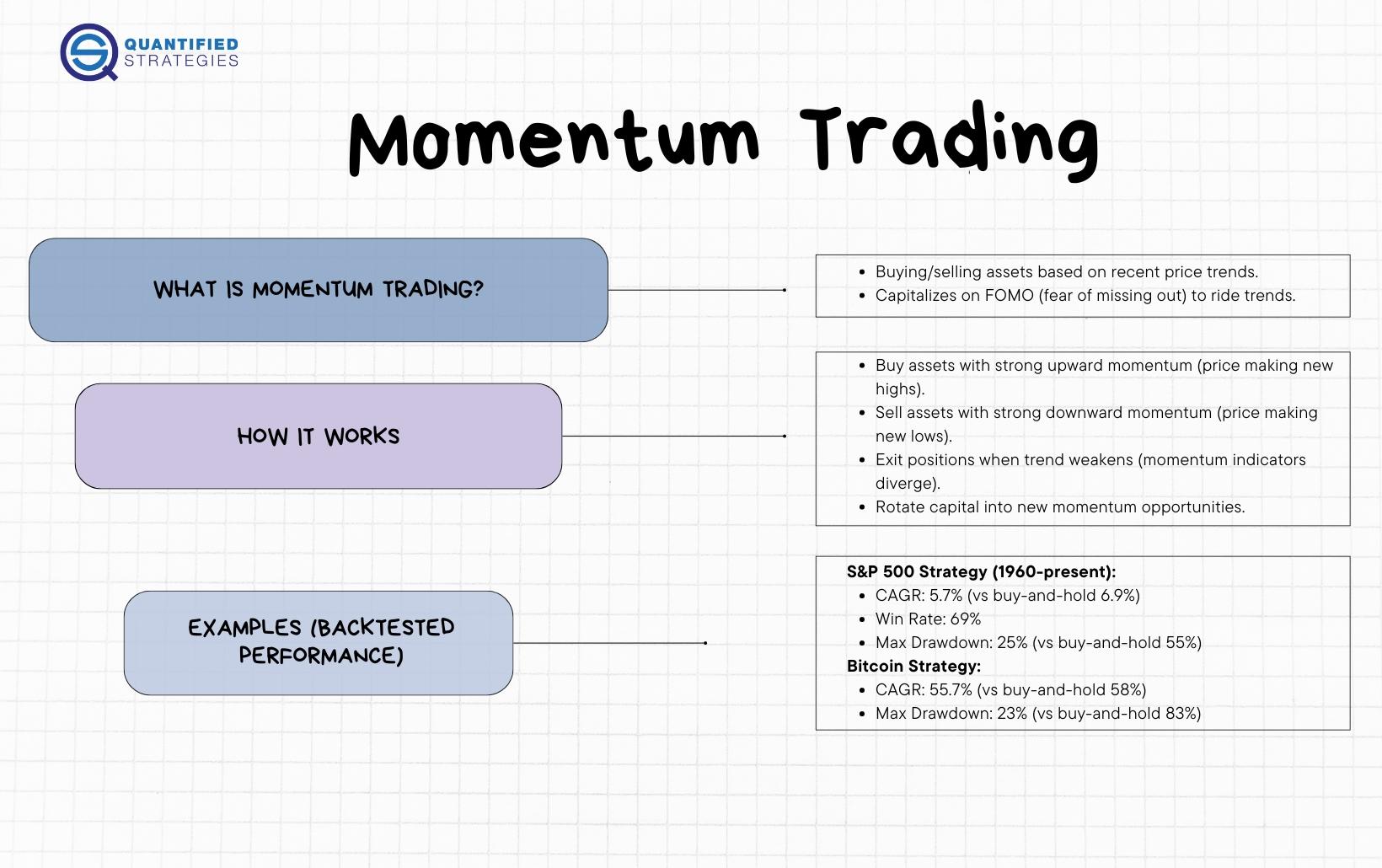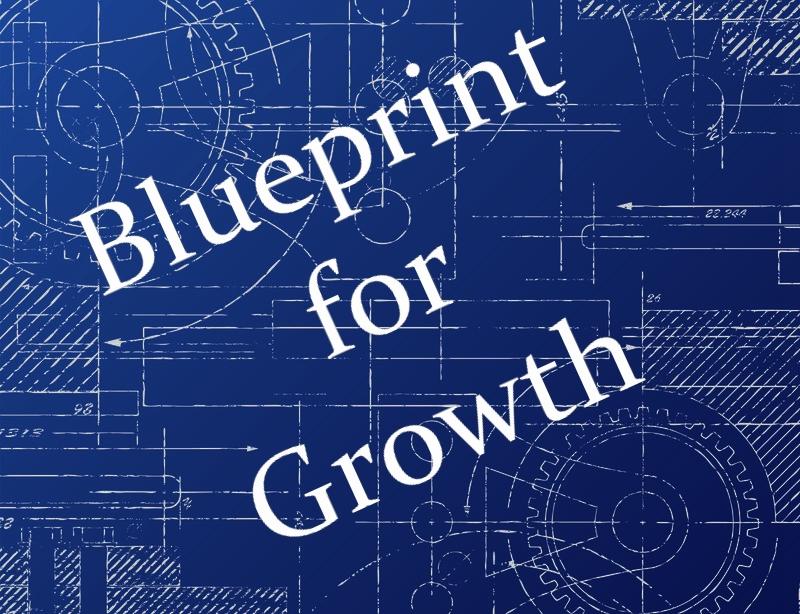In a world marked by rapid change and unrelenting competition, the quest for personal and professional growth has become essential for those seeking to carve out their own paths. Just as an architect uses a blueprint to design structures that stand the test of time, individuals can benefit from a carefully crafted Personal Development Plan (PDP) to guide their journey toward self-actualization. “Blueprint for Growth: Navigating Personal Development Plans” delves into the art and science of creating a roadmap that not only identifies goals and aspirations but also equips you with the tools and strategies to achieve them. From understanding your strengths and weaknesses to embracing lifelong learning, this article will explore the key elements of a successful PDP, helping you to chart a course through the complexities of personal development with clarity and confidence. Join us as we uncover the essential components that transform aspirations into actionable plans, paving the way for meaningful growth in every facet of life.
Unveiling the Purpose: Establishing Clear Goals for Personal Development
Understanding what drives us is crucial in our journey of personal growth. By establishing clear goals, we create a roadmap that directs our actions and decisions. These objectives can transform vague aspirations into tangible outcomes, fostering motivation and accountability. To identify what truly matters, consider the following elements when setting your goals:
- Specificity: Clearly define what you want to achieve.
- Measurability: Determine how success will be measured.
- Achievability: Set realistic and attainable goals.
- Relevance: Ensure that your goals align with your values and long-term vision.
- Time-bound: Establish a timeline for reaching your objectives.
To further streamline your goal-setting approach, consider breaking down larger goals into smaller, manageable tasks. This not only makes them less daunting but also allows for regular assessment and adjustment as needed. Creating a goal hierarchy can be enormously beneficial. Here’s a simple table to illustrate how to categorize your goals:
| Goal Category | Example Goal | Timeline |
|---|---|---|
| Health | Exercise 4 times a week | 3 months |
| Career | Earn a certification | 6 months |
| Personal | Read 12 books | 1 year |
By organizing your goals this way, you garner a clearer vision of your progress. Each of these goals, no matter how small, culminates in a transformative effect, propelling you toward a more fulfilling life. The clarity that comes from strategic goal setting not only enhances self-discipline but also nurtures a sense of purpose, encouraging you to reach new heights.

Charting Your Course: Creating a Comprehensive Development Roadmap
Creating a comprehensive development roadmap requires careful consideration of your short-term and long-term goals. To start, reflect on the areas of your life that need growth or improvement. Break these areas into categories, such as professional, personal, and social. This segmentation can help you visualize where to focus your energy. Consider the following components:
- Assessment: Evaluate your current skills and competencies.
- Goal Setting: Define specific, measurable, attainable, relevant, and time-bound (SMART) goals.
- Resource Allocation: Identify tools, courses, or mentorship opportunities that can aid your development.
Once your goals are established, structuring a timeline for your roadmap will provide clarity and direction. Implementing a tiered approach can help you prioritize tasks effectively. Use a table to organize your milestones and deadlines, ensuring that you can track your progress consistently. An example layout might look like this:
| Milestone | Description | Deadline | Status |
|---|---|---|---|
| Complete Online Course | Master fundamental skills in your chosen field. | MM/DD/YYYY | Pending |
| Networking Event | Connect with industry professionals. | MM/DD/YYYY | Upcoming |
| Reflect and Adjust | Review progress and amend objectives as necessary. | MM/DD/YYYY | Ongoing |

Building Momentum: Incorporating Effective Strategies for Progress
To effectively gain traction in your personal development journey, it is essential to adopt a dynamic approach that capitalizes on both internal and external resources. Building a strong foundation begins with self-assessment, wherein individuals evaluate their strengths, weaknesses, and areas of potential growth. To enhance this process, consider utilizing the following strategies:
- Set clear, achievable goals: Define what success looks like for you and break it down into manageable milestones.
- Implement regular reflection: Schedule time each week to assess your progress and recalibrate your strategies.
- Seek mentorship: Connecting with experienced individuals can provide insights that accelerate your growth.
Furthermore, maintaining motivation through consistent reinforcement is indispensable. Incorporating daily habits that align with your objectives can create a rhythm of accountability and encouragement. To visualize your progress, employing a simple tracking method can be beneficial:
| Habit | Frequency | Notes |
|---|---|---|
| Morning Journaling | Daily | Reflect on goals and intentions. |
| Exercise | 4 times a week | Boosts energy and mental clarity. |
| Reading | 30 minutes daily | Broaden knowledge and perspectives. |
By integrating these vital components into your personal development plan, you will not only cultivate a productive routine, but also foster an environment where perpetual growth becomes second nature.

Measuring Success: Evaluating Growth and Making Adjustments
To gauge the effectiveness of your personal development plan, it’s essential to implement a variety of evaluation techniques. Regularly assessing your progress allows for necessary adjustments to keep you on the path toward your goals. Consider implementing the following methods:
- Self-Assessment: Periodically reflect on your achievements and areas requiring improvement.
- Feedback: Seek constructive feedback from peers or mentors to gain an external perspective.
- Goal Review: Revisit and quantify your goals to see if they align with your evolving aspirations.
Diving deeper into the metrics of assessment can be even more valuable. A visual representation of your progress can help clarify where you stand. Below is a simple summary table to illustrate your growth journey:
| Area of Focus | Initial Assessment | Current Status | Next Steps |
|---|---|---|---|
| Time Management | Needs Improvement | Consistent | Refine scheduling methods |
| Skill Development | Basic | Intermediate | Advanced training |
| Networking | Limited Contacts | Growing | Attend more events |
By engaging in these practices, you promote an adaptable mindset, essential for navigating the complexities of your personal growth. Adjusting your strategy as needed ensures that your development remains aligned with your overarching vision, allowing for continued evolution along your journey.
To Conclude
as we traverse the intricate landscape of personal development, a well-structured plan serves as our compass, guiding us toward growth and self-discovery. “Blueprint for Growth” is more than just a practical tool; it embodies a journey of introspection, aspiration, and evolution. By embracing the strategies outlined, individuals can reinforce their strengths, confront their challenges, and ultimately craft a life rich with purpose and fulfillment. Remember, the path to personal development is not a sprint, but rather a series of deliberate steps forward. Each plan we create is a reflection of our unique aspirations and values, allowing us to navigate the complexities of life with clarity and intention. So, take a deep breath, gather your thoughts, and embark on this transformative adventure—your blueprint awaits.



